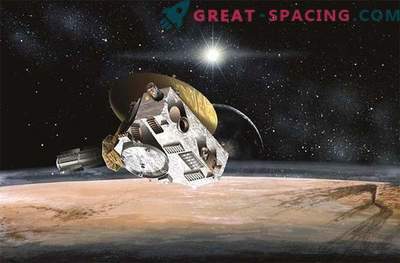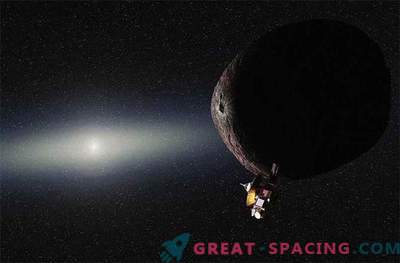
Having overcome 94 million miles around the Earth, the Kepler space telescope experienced many potential impacts (from mechanical failures to deposition by cosmic rays) during 9 years of flight. For several months, expect full fuel consumption.
In 2013, the Kepler mission was considered complete when the second reaction wheel broke. Without this, it was impossible to hold the gaze in the original field of view. The ship received a second chance, using the pressure of sunlight, which allowed to maintain the direction. Having renamed K2, the expanded mission required the device to change its field of view every 3 months.
Initially it was thought that K2 would be able to carry out 10 campaigns with the expectation of the amount of fuel remaining. But now ends the 17th. The analysis shows that the device should work a few more months, but many believe that it will cover summer days. The Kepler team plans to gather as much scientific information as possible and have time to return to Earth before the end of the fuel. If you miss the moment, you will not be able to aim the device at data transmission.
The fuel level is indicated by the pressure drop in the fuel tank and the change in engine performance. But so far there is no exact information, since it is impossible to use a gas sensor. Usually, NASA is trying to establish a course to clearly reserve enough fuel to perform the last maneuver. For example, the device should avoid collisions with other satellites or not fall to the Earth in an inappropriate place. So, in the mission, Cassini had to send a ship to the planet.
While Kepler is living its last days, April 16 is expected to launch a TESS satellite from Cape Canaveral (Florida). He will explore the entire sky to search for planets outside the solar system.











































